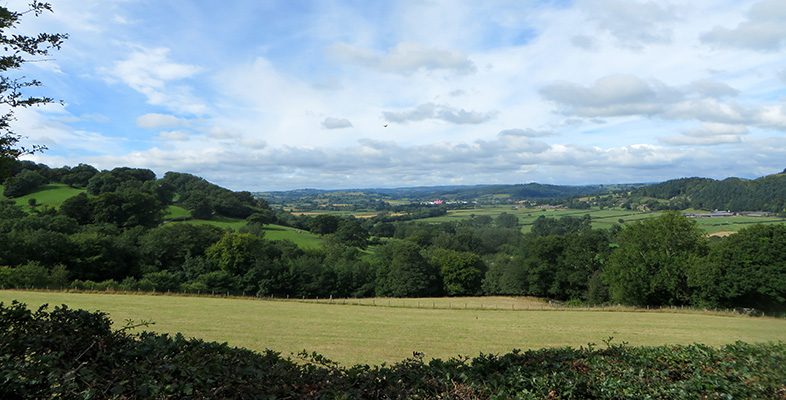4.2 Transformation process
It is easy to see the transformation when a physical product is involved, but when it concerns information or people it can be more difficult.
Transformation processes include:
- changes in physical characteristics of materials or customers (e.g. fruit into jam)
- changes in the location of materials, information or customers (e.g. taxi, distribution services)
- changes in the ownership of materials or information (e.g. retailing)
- storage or accommodation of materials, information or customers (e.g. warehousing services)
- changes in the purpose or form of information (e.g. offering an online timetable)
- changes in the physiological or psychological state of customers (e.g. a beautician, hairdresser, hospital or doctor).
Frequently, all three types of input (materials, information and customers) are transformed by one organisation. For example, withdrawing money from a bank involves information about the customer’s account, materials such as cheques and currency, and the customer.
The type of transformation may be categorised as follows:
- manufacture – the physical creation of products
- transport – the movement of materials or customers
- supply – change in ownership of goods
- service – the treatment of customers or the storage of materials.
Several different transformation processes are usually required to produce a good or service. The overall transformation process can be described as the macro operation, and the detailed transformations within it as micro operations.
Task 24: Transformation process
Identify the principal resources (inputs), the type of transformation and the principal outputs (goods or services) for each of our case study characters. Fill in the Transformation process table [Tip: hold Ctrl and click a link to open it in a new tab. (Hide tip)] .
Discussion
Here are the answers:
| Character | Inputs | Type of transformation | Outputs |
|---|---|---|---|
| Euan | Malted barley, hops, water Family labour (and potential additional labour) on farm Relationship with third party, on building customer list via website, etc. | Manufacture Transport/Supply: Mail order delivery, retail off-sales Service: If he sells locally. | Beer Customer list Organic waste for recycling? |
| Gwyneth | Fruit, vegetables sugar, preservatives, delivery vehicle, stall Relationship with business/office managers. | Manufacture Supply: direct sales and sales to retailers Service: at local food events. | Jams, preserves, chutneys Customer and stockist lists. |
| Julia | Products stocked in the shop, fresh and store cupboard food, hardware, newspapers Volunteer labour. | Supply Service | Sales with sufficient profit. |
| Gwenllian | Linguistic knowledge (Welsh, French, Spanish, German and English) Knowledge of designing bespoke language courses Company HR contacts Specialist translators. | Supply: learning programmes, translation services Service: to local and regional businesses. | Bespoke language courses Customised translation episodes Language materials Team of language specialists List of local and regional companies. |
| Dafydd | Knowledge of enewables (energy) and recycling (water) Partnership working with leisure and tourism sector. | Manufacture of eco-friendly accommodation Service delivery to customers on location. | Holiday lets. |
| David | Wood, tools, equipment, transportation facilities. | Manufacture Transport Supply Service. | Staircases Recycled waste product? |
